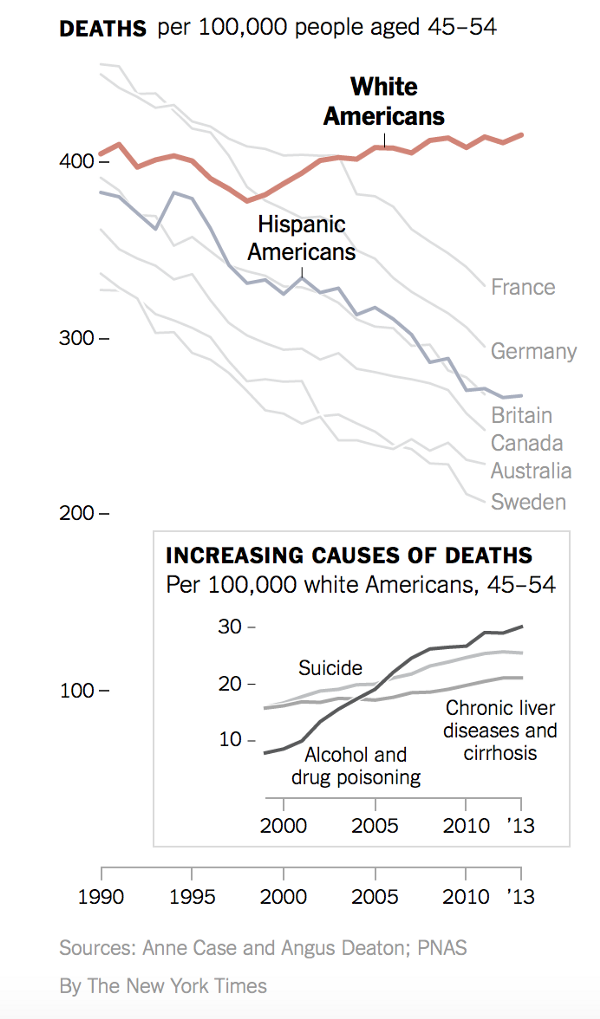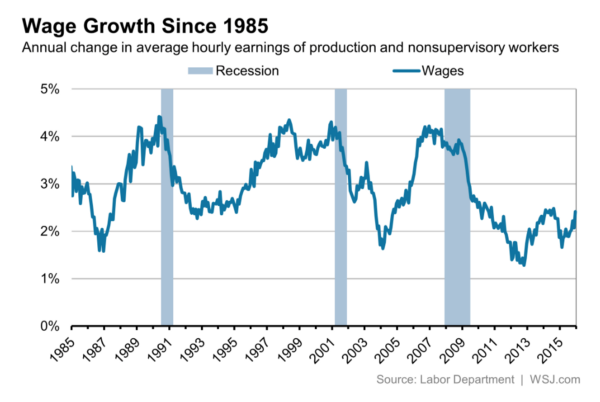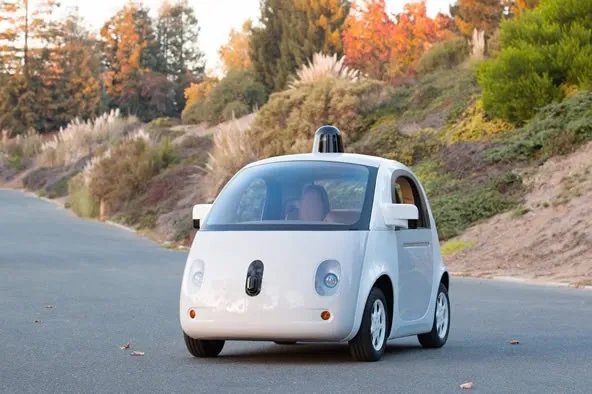Table of Contents
If you drive down El Camino towards Mountain View, you may see a rotund two-seater car that looks like the cartoonish lovechild of a Prius and a golf cart. Look carefully and you’ll notice a black nub resting on top of it — its 360° camera. As your eyes drift down to the driver’s seat, you may find that there is no one driving the vehicle (though a bespectacled engineer scribbling on a clipboard usually occupies the the passenger’s seat). This unassuming vehicle is Google’s self-driving car. As it travels around Mountain View and the greater Bay Area, it remembers every navigational decision made, feeding visual and mechanical input into a complex system of algorithms that learn how to drive over time.

The driverless car is the brainchild of Silicon Valley behemoths such as Google, Uber, Tesla, and even Stanford, who are developing artificial intelligence so that cars can, in some sense, literally teach themselves to drive. Just last year, Uber rolled out driverless cars in Pittsburgh and experimented with their release in San Francisco. All Tesla vehicles being produced already have full self-driving hardware. Lest one thinks that the development and commercialization of such technology is exclusively the work of high-tech giants, even Ford is unveiling a self-driving version of the Fusion that it hopes will hit roads by 2021. Through their work, these companies are paving the way (so to speak) to eliminate car accidents, render rush hour traffic a distant memory, and make the transportation of people and goods faster and more affordable than ever before. Jeff Zients, the director of the National Economic Council, estimates that driverless cars will “make a significant dent in the $160 billion worth of time and gas that Americans lose stuck in traffic every year, and the hundreds of hours each American spends driving.” Some researchers believe that driverless cars will save 300,000 lives per decade that would otherwise have been lost to fatal car accidents. With greater productivity, unprecedented time and cost savings, and improved safety standards, what’s not to love?
But all is not necessarily well. The driverless car — and automation more generally — threatens the livelihoods of countless industrial workers. As the extent of the anticipated economic displacement becomes more apparent over the next decade, there will likely be increased political unrest from those displaced. If China and Mexico faced white-working-class vitriol in 2016 because of their perceived theft of U.S. economic opportunities, then it’s not inconceivable that in the near to medium-term future, Silicon Valley’s push to automate the world will incite similar sentiments.
To see why, one need only look to last year’s political landscape. The narrative that has emerged of Trump’s victory in the 2016 presidential election describes his appeal to disenfranchised white working class, contemptuous of a political establishment that has apparently neglected them. While a liberal, metropolitan elite preached the virtues of multiculturalism, political correctness, and identity politics, the white working class languished economically. Most notably, this narrative blames globalization and the conniving ways of the Mexicans and the Chinese for cheating uneducated but hard-working American laborers out of employment.
While Clinton rallied supporters behinds a vision of a multicultural America, Trump castigated China and Mexico for stealing jobs, Islam for making America unsafe, and those in office for profiting at the people’s expense. While Clinton put on a pedestal the women, minorities, and other groups that Trump insulted, Trump promised to revive employment opportunities for disgruntled, poor whites.

In retrospect, the narrative of white working class discontent makes sense. One study by two Princeton economists found that death rates for middle-aged white Americans have risen from 1999 to 2014, unlike any other domestic demographic or international counterpart. This phenomenon, they found, has been driven not by traditional killers such as heart disease or diabetes but by rising suicide rates, afflictions related to drug abuse, and alcoholism. At the same time, unemployment is at cyclical lows and wage inflation at historical lows, suggesting that while people can find jobs, they don’t pay as well as they once did. The number of jobs in U.S. manufacturing, once a lucrative and stable career for the working class, has continued to decline precipitously since its initial plunge in 2001, when China entered the World Trade Organization and flooded the global labor market with cheap labor. While some argue that globalization has overall been positive because it has lowered prices of goods and improved standards of living, the prevailing post-election perception was not similarly optimistic. Critics of globalization claimed it cost American workers jobs and forced them to settle for lower wages.
Trump emerged as a sort a messianic figure to those suffering economically. But the current political dialogue has heretofore ignored a more sinister force of social disruption than international trade. Even if we suppose that incomes of poor whites will improve under Trump’s hawkish trade policies, an ominous force still awaits the uneducated. The question is no longer if but when these cars will become more widespread than cars driven by humans. Many believe that automation’s largest disruptive impact (that mainstream media is beginning to write about only now) will be in transportation. These developments will certainly harm workers in certain sectors of the American labor force. By some estimates, there are over three million truck drivers in the United States, representing anywhere between 1–3% of the civilian labor force. In comparison, David Autor, a labor economist at MIT, estimates that trade with China resulted in the loss of a million U.S. manufacturing jobs from 2000 to 2007. But despite popular focus on trade with China, trends in driverless car technology seems to suggest that automation would extinguish three times as many jobs in far less time.
And it isn’t simply low-skilled jobs that are at risk of going extinct. Even white-collar jobs, supposedly “knowledge-based” work, are losing their place in the modern economy thanks to artificial intelligence. One Oxford study estimates that computerization threatens nearly 47 percent of total U.S. employment. The displacement of millions of individuals would be catastrophic to a vast swath of the population and would likely cause ripple effects across the economy and political landscape.
Such a historic economic disenfranchisement will no doubt also have psychological and political ramifications. How severe will the loss to these individuals be when they are put out of work, perhaps overnight? How can we even begin to measure the psychological impact on the breadwinner of a rural family who loses his livelihood and with it, his sense of fatherhood? While 2016 was the culmination of decades of bubbling resentment from the loss of economic opportunity, one can only imagine how an automation-led displacement — one that is far larger and swifter than the one caused by globalization — will further damage the American psyche.
Perhaps these questions miss the point. Though in the short term, technological development will make some lives worse off, history suggests that technological development (and the economic displacement that results) is inevitable, and in the long term, makes societies better-off. The harder question is: should society stifle innovation because it hurts those who are least prepared to cope? Should our society be concerned that the incomes of millions of people will be seized by a couple thousand engineers in a 20 mile region near San Francisco?
Regardless of your views on the ethics of the matter, the most immediate thing that we can do as Stanford students is to prepare for what will likely come. Silicon Valley’s relationship with the government has always been subtly antagonistic. Philosophically, these spheres of influence have always been diametrically opposed: while “disruption” has long been one of Silicon Valley’s mantras, the public sector is infamous for sluggishness and bureaucracy.
Even so, until recently, they have not directly clashed. However, as automotive innovations from Silicon Valley become more economically disruptive to voter bases, putting the constituency that elected Trump out of work, Google and Uber will replace the Chinese, Mexicans, and Muslims as scapegoats. It would not be far-fetched to see politicians moving to curtail innovation in the Valley to placate an increasingly desperate rural working class. Technological developments and economics aside, one thing is certain: those in power, whether on the Left or the Right, will pander to whoever they believe will keep them in office.
The government might more closely supervise or block the formation of new ventures or technology that pose economic risks to the working class. Bureaucrats may impose restrictions on business operations, with negative consequences for the profits and consumption that drive our economy. For example, forcing Apple to manufacture its phones in the United States would either slash Apple’s margins (because of increased labor costs) or cause the price of the iPhone to skyrocket.
Technological progress is not inevitable. For better or worse, it will be constrained, and sometimes determined, by the legal and political infrastructure of our society. But politicians will only support technological innovation if it supports our political institutions. Young Stanford interns and alumni might be in the middle of this divergence between the incentives of Silicon Valley and the government. The political and socioeconomic ramifications of this divide, of driverless cars, and of automation more broadly, will be staggering for all, regardless of whether you drive a truck or engineer a self-driving car for a living.
Stanford students come of age and begin work in the Valley after graduation, it will be increasingly important to build a holistic understanding of macroeconomics and geopolitics and to understand the consequences if the incentives of Silicon Valley and the government diverge.





